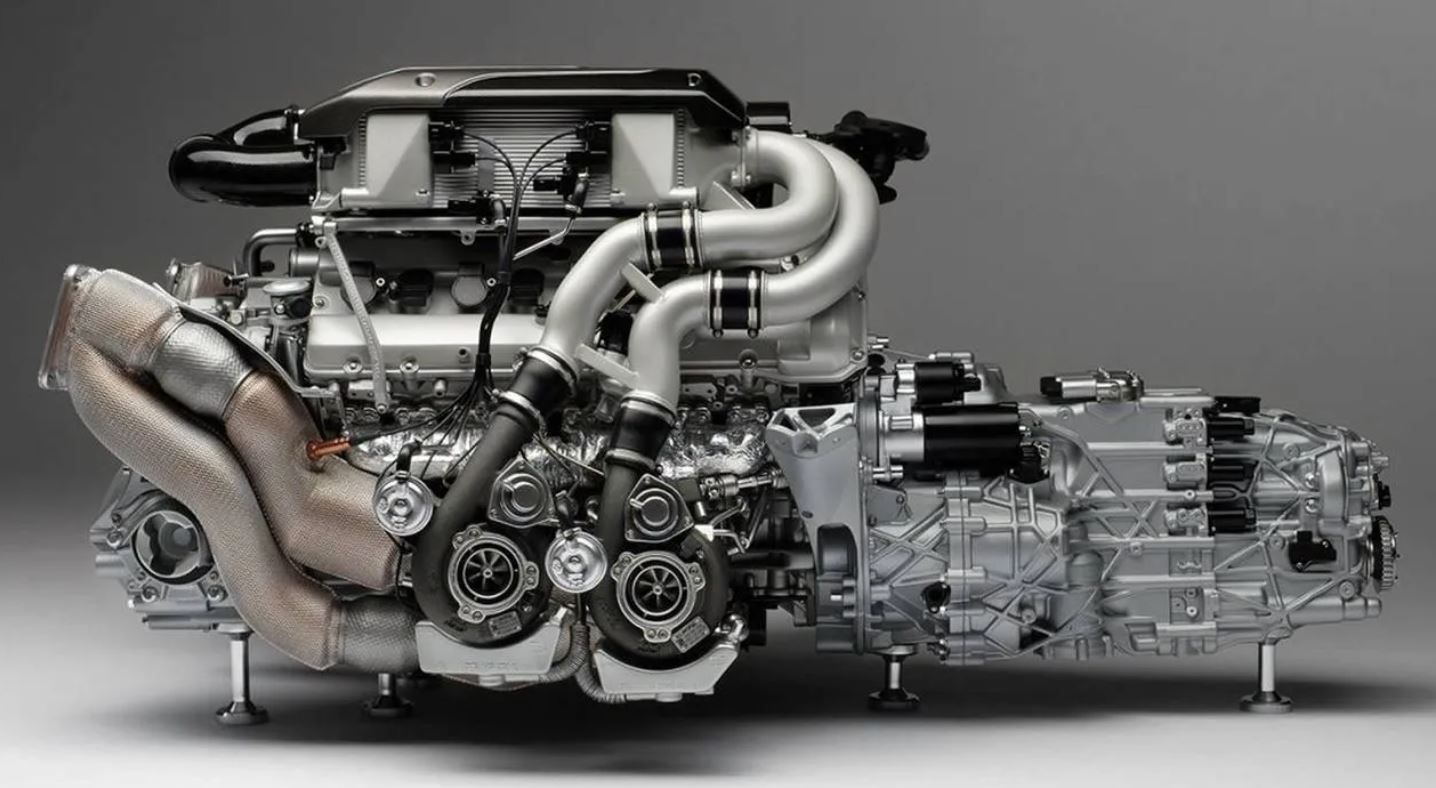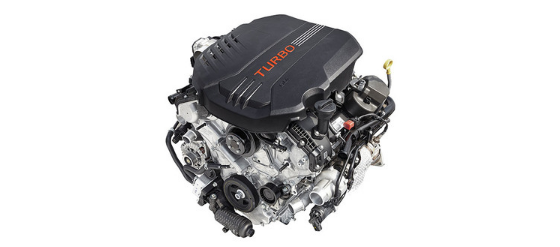Engines for Africa at Competitive Rates: Your Preferred Auto Parts Shop
Engines for Africa at Competitive Rates: Your Preferred Auto Parts Shop
Blog Article
The Mission for Ultimate Driving Power: Exploring the Pinnacle of Engine Efficiency and Technological Innovations in the Automotive Market
In the realm of automotive engineering, the quest of maximum driving power has actually been a relentless mission that has unfolded via the evolution of engine design and the combination of sophisticated innovations. From the careful workmanship of burning engines to the quick developments in electrical propulsion systems, the auto sector stands at the cusp of a new period defined by unprecedented performance abilities. As designers and researchers dig much deeper right into the realms of computational liquid dynamics and explore ingenious fuel innovations, the horizon of possibilities expands tremendously. Keep tuned as we unravel the complex tapestry of technical innovations that are shaping the future of automobile power and efficiency.
Development of Engine Style

Additionally, the combination of turbocharging and turbo charging innovations has changed engine style by enhancing power without considerably enhancing engine dimension. These forced induction systems press the intake air, permitting for even more gas to be ignited, therefore generating greater power output from a smaller sized engine. This advancement has actually been specifically vital in boosting the performance of smaller variation engines while preserving gas efficiency requirements.

Performance-Enhancing Gas Technologies
The implementation of sophisticated fuel modern technologies has dramatically added to enhancing engine efficiency in modern cars. Biofuels, derived from sustainable sources like corn, algae, or sugarcane, deal improved and lowered emissions engine effectiveness. Additionally, fuel additives and detergents are being developed to tidy engine components, maximize burning, and reduce friction, thus improving total lorry performance.
Advancements in Electric Propulsion
Substantial strides in electrical propulsion technology have changed the automotive sector, leading the way for a new age of reliable and sustainable transport. Electric automobiles (EVs) are obtaining popularity due to their environmental advantages and developments in battery innovation, allowing longer driving arrays and shorter billing times. Suppliers are spending greatly in r & d to improve the performance of electrical propulsion systems, concentrating on boosting power result, enhancing energy performance, and reducing general weight.
One remarkable development in electrical propulsion is the advancement of advanced electric motors that provide higher torque and power thickness, leading to boosted acceleration and overall driving efficiency. In addition, regenerative braking systems have been fine-tuned to record and save power during deceleration, more boosting the performance of EVs.
Furthermore, the combination of wise technologies, such as expert system and predictive analytics, is enhancing the management of electrical propulsion systems, making certain optimal performance under various driving conditions. These advancements in electric propulsion are reshaping the auto landscape, driving the market in the direction of a much more sustainable and amazed future.
Effect of Computational Fluid Dynamics
With developments in electrical propulsion pressing the boundaries of automotive technology, the combination of Computational Liquid Dynamics is playing a crucial role in optimizing aerodynamic performance and improving total efficiency in automobile style. Computational Fluid Characteristics (CFD) entails making use of computer system simulations to evaluate the circulation of air around a lorry, allowing designers to anticipate exactly how design changes will certainly affect aerodynamics without the demand for costly physical see this here prototypes. By precisely modeling air flow patterns, CFD permits for the refinement of lorry forms to reduce drag, improve air conditioning, and boost stability.
CFD enables engineers to enhance air movement around components such as radiators, engine bays, and wheel wells, contributing to improved performance and overall driving experience. In conclusion, the integration of Computational Fluid Characteristics stands for a substantial action onward in the pursuit for best driving power and efficiency in the automotive market.
Future Trends in Engine Development
In the vibrant landscape of vehicle engineering, advanced improvements are forming the future trajectory of engine advancement. The future of engine design is marked by a strong emphasis on efficiency, sustainability, and performance. Suppliers are increasingly concentrating on developing engines that not only deliver high power outputs yet likewise focus on environmental obligation by reducing emissions and enhancing gas efficiency.
One noticeable trend in engine innovation is the rise of electrification. Crossbreed and electrical powertrains are obtaining traction as practical options to conventional burning engines. These see here now modern technologies supply the possibility for considerable reductions in carbon emissions and increased power efficiency, lining up with international efforts to deal with climate adjustment.
Furthermore, improvements in products science and production techniques are making it possible for the manufacturing of lighter and extra long lasting engine elements. This shift in the direction of light-weight products such as carbon fiber and aluminum alloys contributes to improved performance and gas economic situation.
Final Thought
In conclusion, the quest of utmost driving power in the vehicle industry proceeds to drive improvements in engine style, gas technologies, electrical propulsion, and computational fluid dynamics. The advancement of these innovations is forming the future of engine technology, leading the way for a lot more powerful and effective automobiles (engines for africa). As the market remains to push the limits of what is Get the facts feasible, we can expect to see even more cutting-edge advancements in the mission for peak performance
One of the crucial turning points in engine layout evolution is the shift from conventional carbureted engines to modern fuel-injected systems. By precisely metering the gas delivery to each cylinder, fuel-injected engines maximize combustion, resulting in better performance and decreased ecological effect.
Furthermore, the integration of turbocharging and supercharging modern technologies has changed engine layout by enhancing power without substantially raising engine size (engines for africa).The execution of innovative gas modern technologies has substantially contributed to enhancing engine performance in modern-day cars. In addition, gas ingredients and cleaning agents are being created to clean engine parts, enhance combustion, and lower friction, thereby enhancing total vehicle efficiency
Report this page